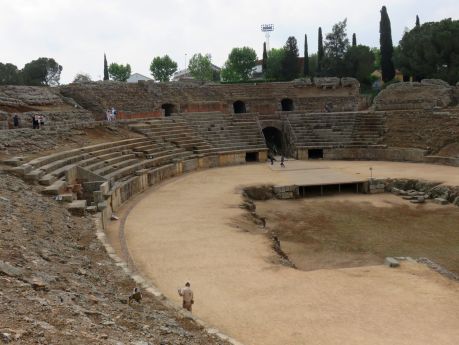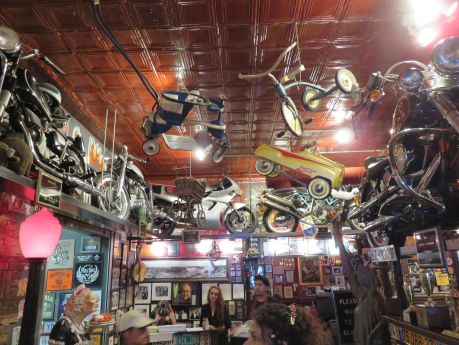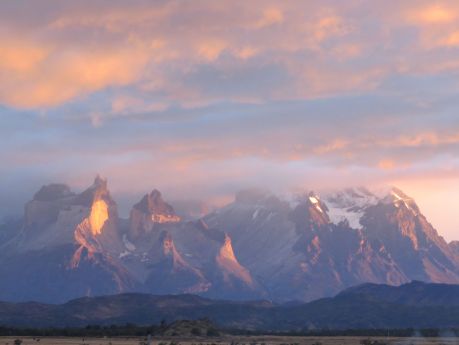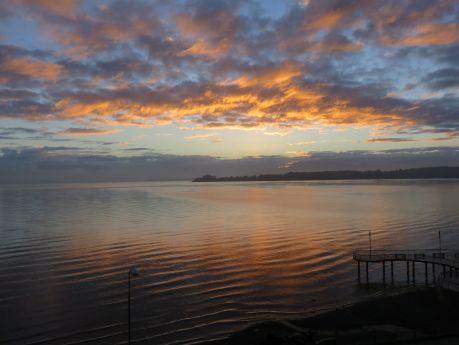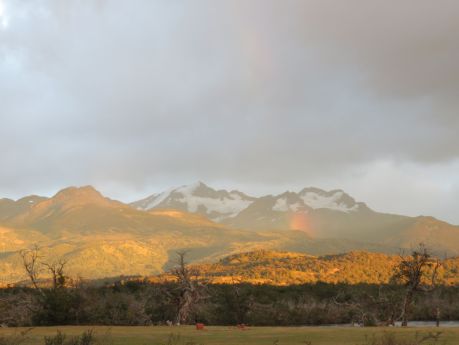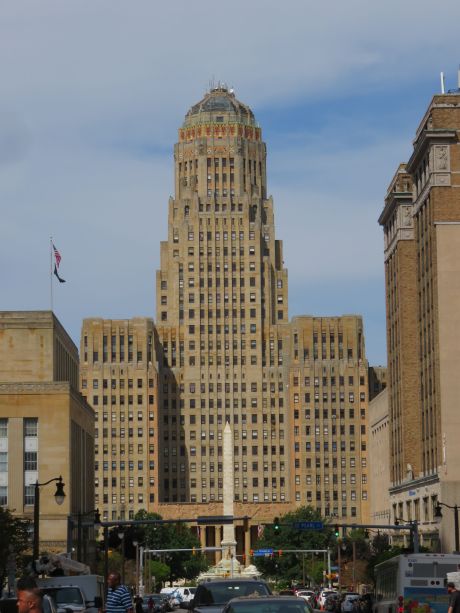
Buffalo City Hall, one of the finest examples of art deco in the world
“You came to Buffalo for vacation?” was said with undisguised bewilderment each time my husband
Russ and I were asked where we were from and why we were visiting
Buffalo, NY.
Obviously, even the locals were oblivious to Buffalo being touted by travel publications as booming with resurgent pride. The primary attraction for us was the vast numbers of renovated and recycled historically-preserved architectural masterpieces. Second was the tour guide-worthy acclaim of what to see and especially what to eat, by well-travelled former Buffalo residents (
Bob and Dianna Duffy and
Mark and Laura Cosgrove) whose opinions we respect. Third, and quite important to Russ, was to tour the
Darwin Martin House designed by
Frank Lloyd Wright and to this day is being slowly and carefully restored to its original design.
Getting around downtown Buffalo is easy. A trolley that runs about every 15 minutes is free from Canalside on the harbor to Fountain Plaza in the center of downtown. Go past that stop and the fee is $2 unless you opt for a city pass. We took the clean, comfy trolley several times, but mostly walked.
Our hotel’s location next to the harbor and across the street from parks and attractions made getting around easy, especially because we had splendid weather all the while.
You enter the
Buffalo Marriott Harborcenter on the seventh floor of the building, where registration, lobby and their restaurant/bar Panorama on Seven is located. The restaurant’s floor to ceiling windows overlook Lake Erie and harbor, parks, and decommissioned Navy vessels, now used as museums. For the seven nights of our stay, the bar area was always buzzing with activity.
http://www.marriott.com/hotels/travel/bufbd-buffalo-downtown-marriott/
Before telling you about all the famous original Buffalo dishes we tried (in Part 2), here’s an overview of why we travelled to Buffalo and to report our expectations were not just met, they were exceeded.
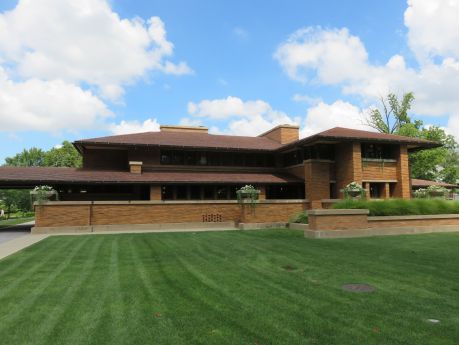
Frank Llloyd Wright’s Darwin Martin House, his most iconic prairie -styled home.
LACK OF MONEY PREVENTED ARCHITECTURAL JEWELS FROM BEING DESTROYED AND MONEY RESTORED THEM TO LIFE!
Many tour possibilities exist to view the six-structure complex of
Frank Lloyd Wright’s Darwin Martin House. We reserved the hour tour, which ended up being an intriguing two-hour guided examination of what is considered to be one of Wright’s most iconic Prairie-style homes, finished in 1905. A nine-minute film preceded the tour, illuminating the historic significance of Martin hiring Wright for such a prestigious commission after the architect’s success at designing the Larkin (Soap) Building, where Martin worked. Like the Martin house, The Larkin Building (designed 1903, completed in 1906 and demolished in 1950) contained innovations. The five-story office building had air conditioning, stained glass windows, built-in desk furniture, and suspended toilet bowls. The Martin House is a masterpiece of quality materials. The philosophy for the house was to bring the outside in through design elements. Signature stained glass windows have five distinct patterns, some distinctly flower-like. A porch is glass lined. Exterior staircase entrances are hidden behind decorative walls. Bookshelves
Read more


